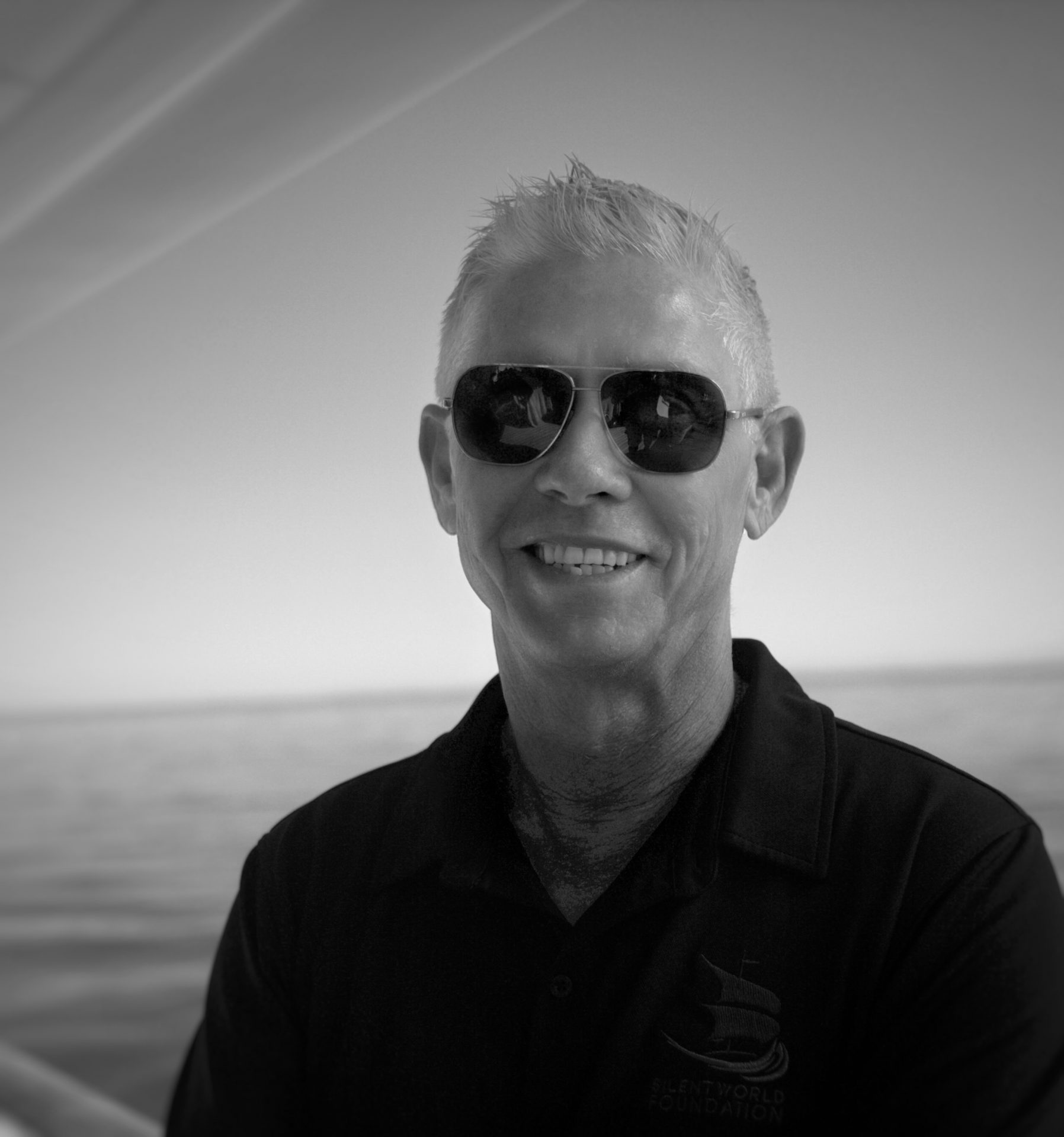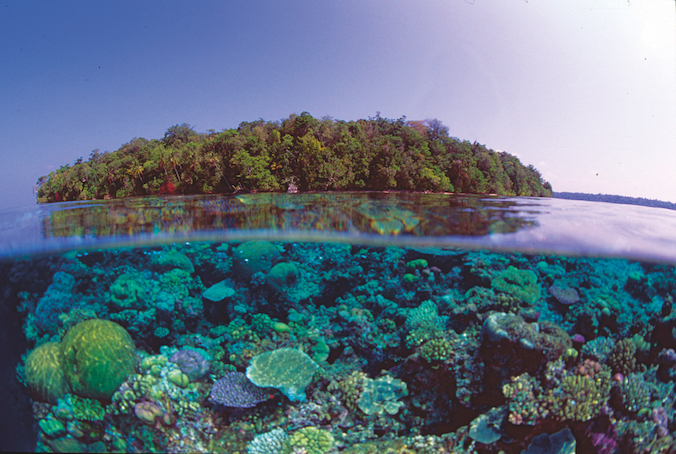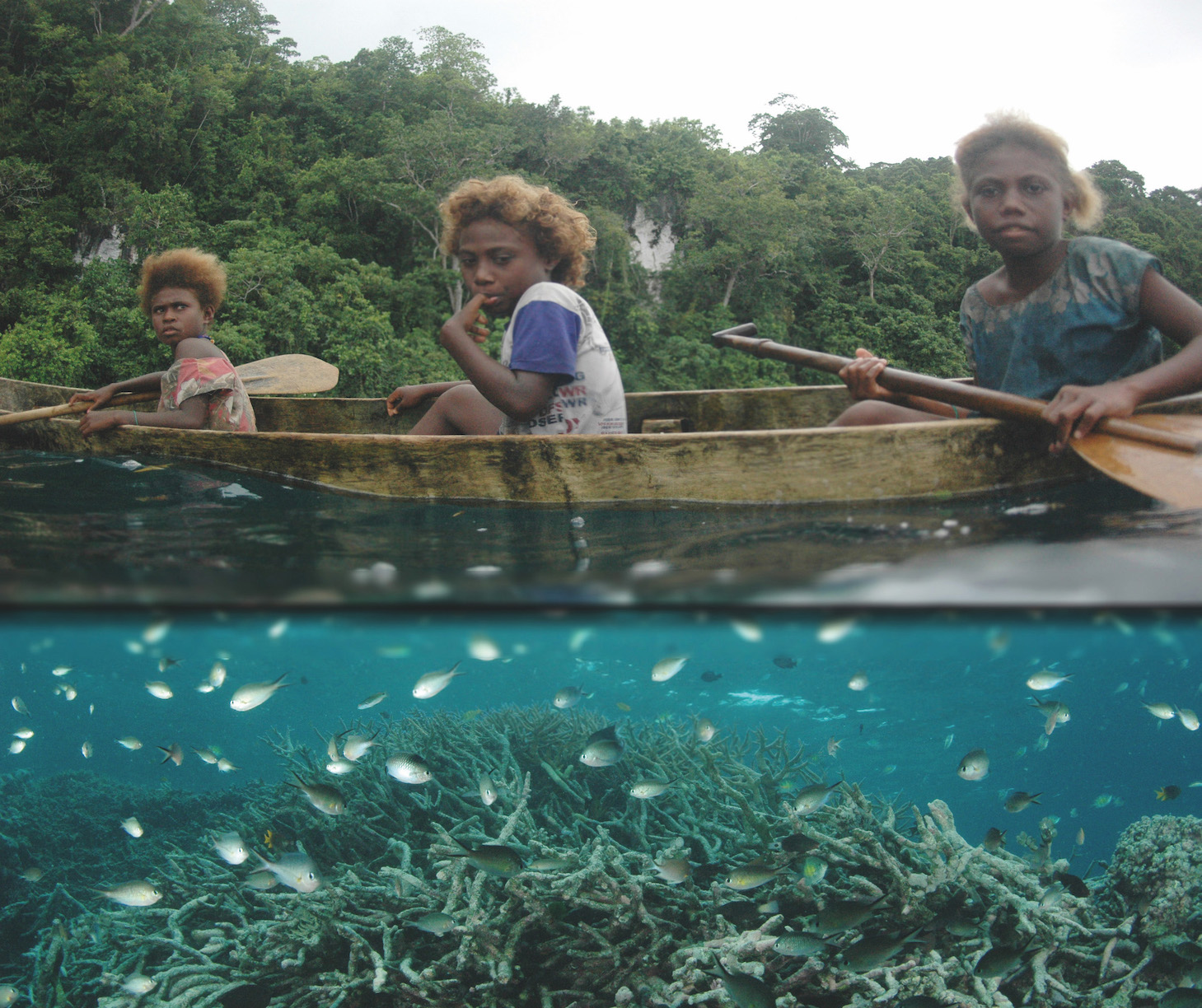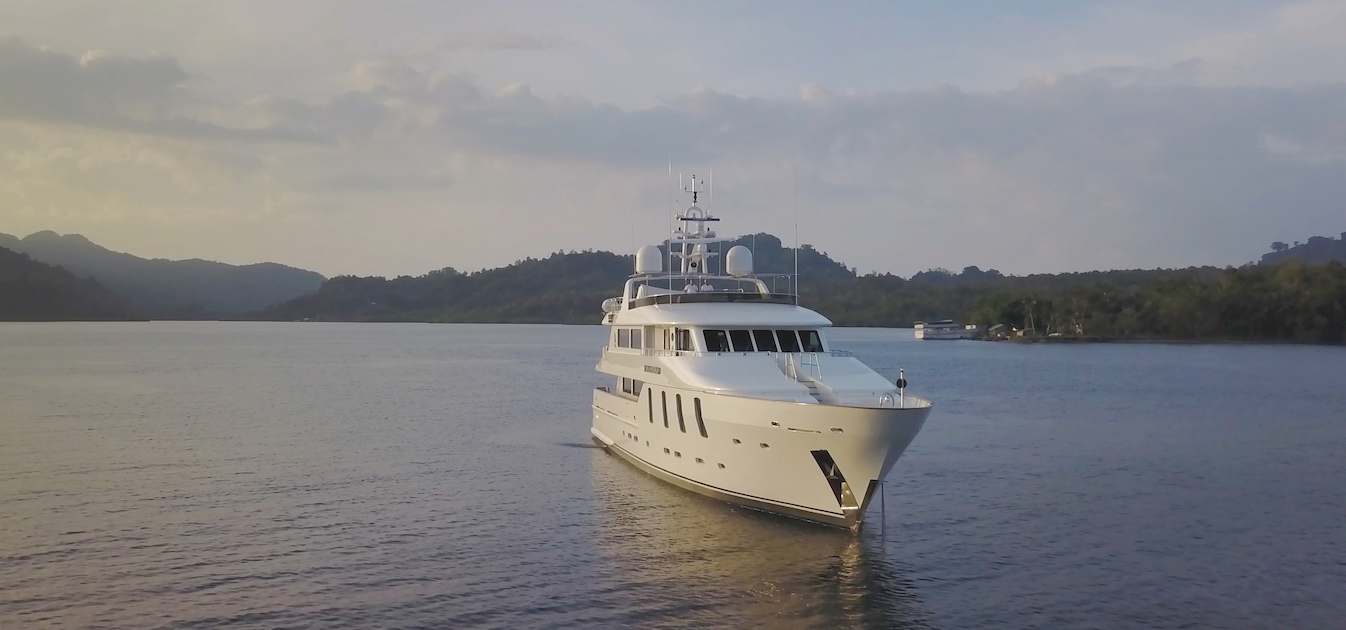- CAPTAIN'S LOG / Pacific Ocean
- 30 August 2021
After living and working in the Solomon Islands for four years, the country and its people now feel like my second home and family. This is a location you will always want to return to. There are many cultural differences and traditions within the islands, and together with the Wantok system, local village life is central to day-to-day living.
With 992 islands to discover, you’ll want to take your time. Tie the stern line to a tree in an island village where life goes on among the palm-thatched huts as it has for millennia, and dive astonishing underwater scenery, from sunken WWII bombers to lava tunnels blooming with life.
Snorkel with manta rays and false killer whales, reef sharks and turtles, or take a tender up through the mangroves to spot crocodiles. Surf the blue-green barrels of an empty break, or laze on the warm white sands of a desert island, falling into the soporific rhythm of island time. Pristine and rustic, the Solomon Islands are a memory of what the Pacific used to be.
Cultural considerations
Wantok translates as one talk, and describes how people feel a duty to those from the same clan. The main language throughout the islands is Pijin or Pidgin English, and it is extremely useful to have someone on board who can speak the language. All the land and surrounding water is owned by the village or individual landowners, and there can be disputes as to ownership. If you are travelling through a region there is no charge, but it is common to have to pay a fee for anchorages and diving.
When you do go ashore, it’s important to be aware of local customs so as not to offend.
The wearing of shorts or other scanty clothing by women is not allowed. Dress codes are modest and you will gain respect by dressing appropriately.
Clearance and agents
The main point of entry is Honiara on the main island of Guadalcanal; however, there are a number of outlying islands where you can clear customs and immigration, including Latea, Noro and Gizo. The anchorage in Honiara can be unsettled, and in the afternoon the wind picks up. It is best to complete any transfers or loading in the morning to make this more comfortable – and sometimes just making it possible at all.
In most of the Pacific I recommend utilising the services of an agent. The customs and immigration clearance can be tricky and visas are sometimes required before arrival, depending on the origin of the crew and guests. Sometimes the entry points can change, and we have on occasion been required to fly the customs officers to the requested point of entry. Even after living here and knowing the system I still use an agent as they know the people in customs and immigration and, more often than not, are also related. (Another example of the Wantok system at work.)
Provisioning
The local market and churches are the main concentration of activity in Honiara. Honiara became the capital after WWII when the Allied Forces used the infrastructure of Henderson Airfield. If you need supplies, Honiara is the best place to try.
On some occasions we’ve used agents in the Solomon Islands and Australia to import produce from Australia by air. Quality fresh produce only gets flown in once per week, so some improvisation by the chef on quality meats, fruits and vegetables is a necessity.
There are no day workers to speak of as there is little awareness of the quality of work required or the standard expected on a superyacht.
Health
Malaria is prevalent in the Solomons and prophylaxis is recommended. However, I chose not to take prophylaxis because of the side effects of long-term use. I spent four years in the region and never caught malaria, but I did take precautions including anchoring offshore and upwind from villages where possible, and avoiding going ashore in the late afternoon or early evening when mosquitoes are at their most active.
Highlights
The Hirokawa Maru (also known as Bonegi 1) is a wreck located on the main island of Guadalcanal. You can anchor to the east of the wreck and it is a brilliant morning dive.
The Hirokawa Maru is a 6,860-tonne transport ship sunk by Allied bombers on 14 November 1942. The wreck runs up toward the beach with the shallowest depth at about three metres and down to the stern at 56 metres. The vessel is broken up but the stern is largely intact, and is covered in hard and soft corals and an abundance of life. In the shallows there’s an array of small creatures including tube anemones and garden eels to finish off your dive.
In the Florida Islands, there is a narrow channel called Mboli Passage separating the two main Nggella Islands. Travelling through the passage it looks like you are going up a beautiful river, but the channel is open at both ends to the sea.
To the east of the Nggella islands is Anuha Island, a great spot to buy some local mud crabs or lobsters and enjoy the diving.
Going ashore at this village (or any other) is a must, as the reason most of us travel is to appreciate the people and the culture.
You can try the local drug of choice (betel nut) and dance the crazy dance of the betel nut grove.
Many people come to the Solomon Islands for the diving, and the Tulagi Twin Tunnels west of the Florida Islands is a standout dive. You can’t anchor here, but the dive is worth every effort. The seamount comes up to about 13 metres, with two lava tunnels forming vertical shafts that go down to 35–40 metres. The western shaft has a small cave at the bottom with painted crays inside, while the top is rich with mushroom coral, soft corals, cuttlefish and crocodile fish.
There are different cultural areas in the Solomons, and as you head away from the central locations of Guadalcanal and the Florida and Russell island groups, you can explore Malaita and beyond. At Busu village on Alite Island there’s a good dive on the outside wall with lots of sharks and fish, as well as a great display of traditional shell money and wedding intricacies in the island’s cultural village.
Uepi Island is a barrier reef island in the famous Marovo Lagoon, the longest saltwater lagoon in the world. You can go for a dive in the abyss and watch the sharks have their breakfast, relax on the sandy beach, or walk in the rainforest.
Grant and Jill, the managers from Uepi Island Resort, run a great dive resort on the island and, after living in the Solomons for 30 years, they can offer some great insights into the local culture and community.
Peava village is to the south of Marovo Lagoon and you can anchor inside the small lagoon and go ashore for a rich cultural experience. When I lived in the Solomon Islands I would visit here every week to share stories and bargain for carvings that are some of the best in the world. The other attraction is the people, and the village children entertained us with their stories and simple games.
Mary Island (Mborokua Island) is a great dive with schooling trevally and barracuda. It is also the only place in the Solomon Islands where I have seen false killer whales.
Out to the east in the Santa Cruz Islands are the islands of Ndendo, Utupa and Vanikolo. This group is to the far eastern edge of the Solomon Islands and share a unique culture and soul-rich spirit. Some of the reef areas are now protected by the locals as a nature reserve. As always, it is worth making sure that you are welcome to dive or snorkel here and are not breaching any local regulations.
In all of the islands, most of the surrounding sea bottom is extremely deep. This means that in most cases, the anchorages are secured with the anchor hanging down the wall of the coral atoll and the stern tied to a rock or a tree. This is the case in Mane Island, enabling a safe and visually spectacular environment for the guests and the villagers who will visit to share an afternoon and offer some produce for sale.
An island-hopping voyage of discovery








